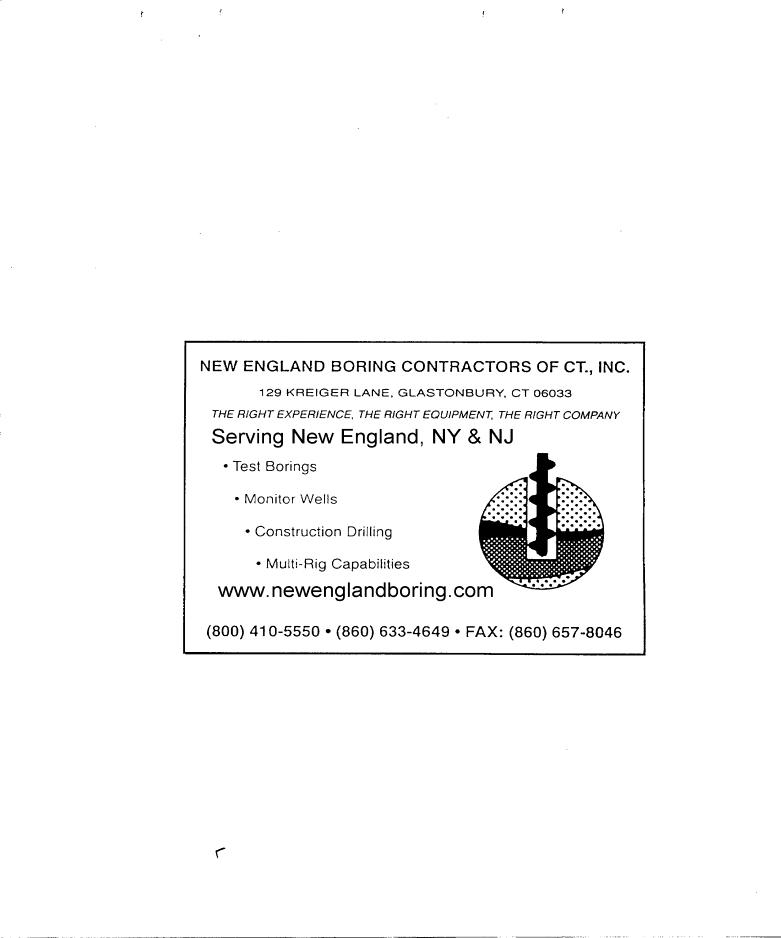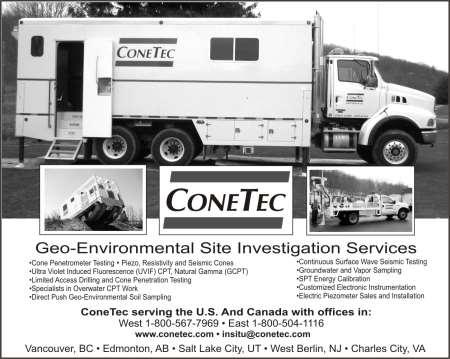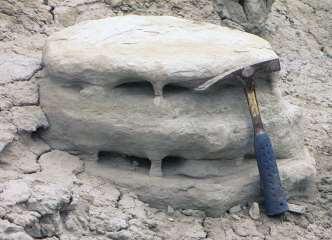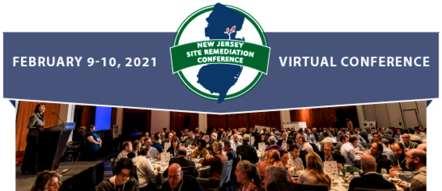Oceanic Changes Correlate with Methane Seepage Written by Hannah Thomasy for Eos.org
June 8, 2020
Changes in sea level and organic carbon burial may have affected seafloor methane seepage over the past 150 million years. All over the planet, cold seeps in the ocean floor are quietly bubbling away, releasing vast quantities of methane. This methane can have significant implications for both local ecosystems and the world as a whole, as methane is a potent greenhouse gas. Despite its importance, there’s still a lot that scientists don’t know about seafloor methane seepage and how it has changed over time. “Trying to understand how much methane is released from the seafloor is extremely difficult, even in [the] present day,” said Davide Oppo, a geoscientist at the University of Louisiana at Lafayette. It’s notoriously difficult to study deep-ocean processes, especially those that are taking place at many different locations simultaneously. Given how challenging it is to study methane seepage now, how could scientists even begin to study it in the distant past? Scientists found that changes in sea level and organic carbon burial were closely associated with changes in methane-derived carbonate. Although it’s impossible to directly measure this ancient methane seepage, Oppo and his colleagues have used a clever proxy called methane-derived carbonate to assess seafloor methane release over the past 150 million years. Their research was published in Scientific Reports earlier this year. As methane rises up through the sediment of the seafloor, some of it gets oxidized by microorganisms. Methane-derived carbonates are a by-product of this process and can stick around for a very long time. Therefore, determining how much of these (Article continued on page 13) -12-







